Slip Sheet Meaning & Definition
A slip sheet (or slipsheet) is a thin, flat platform made of durable material (like cardboard, plastic, or fiberboard) that replaces traditional pallets in logistics. It is placed under stacked goods (boxes, bags, etc.) and allows forklifts with special attachments to move loads without a pallet.
Why Use Slip Sheets?
✅ Cheaper – Costs ~60-80% less than wooden/plastic pallets.
✅ Saves Space – Adds 5-10% more cargo per truck/container (no pallet height).
✅ Lightweight – Weighs almost nothing (saves freight costs).
✅ Hygienic – No pest risks (unlike wood; exempt from ISPM 15 rules).
✅ Eco-Friendly – Often recyclable or reusable.
How It Works
Place the slip sheet under stacked goods.
A forklift with a push-pull clamp grabs the sheet’s extended lip.
The load is dragged (not lifted) into trucks or storage.
Slip Sheet vs. Pallet
| Feature | Slip Sheet | Traditional Pallet |
|---|---|---|
| Thickness | 0.5–2mm | 100–150mm |
| Cost | 5 | 50+ |
| Equipment | Needs push-pull forklift | Works with any forklift |
| Best For | Light, uniform loads (e.g., boxes) | Heavy, irregular loads |
Common Uses: Food, pharma, e-commerce, and export shipments.
Example: Amazon uses slip sheets to fit more packages per truck, saving millions in shipping costs yearly.
Need help choosing materials? Ask for a comparison of paper vs. plastic slip sheets!

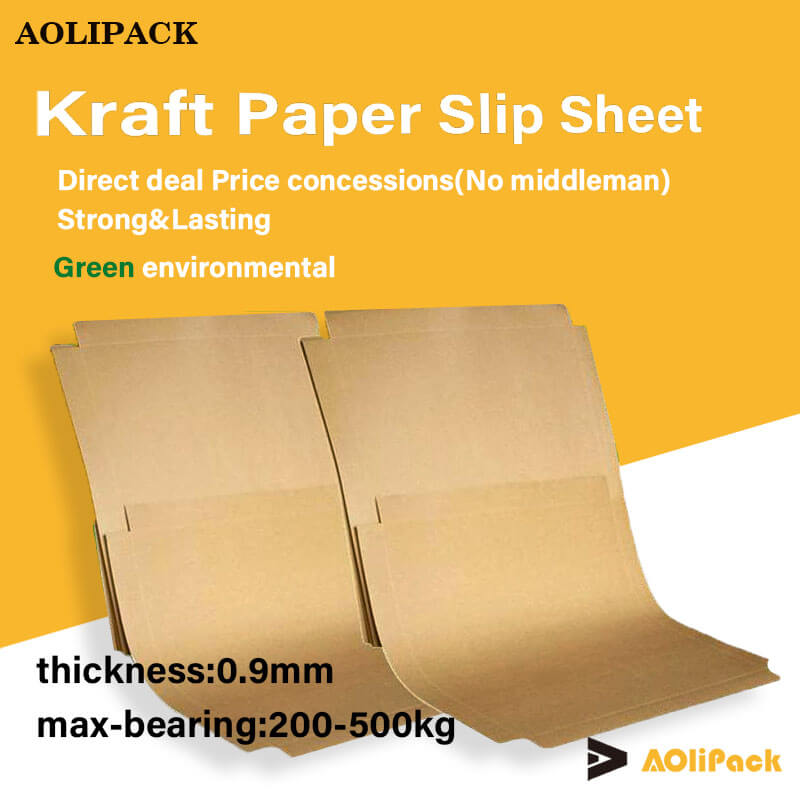
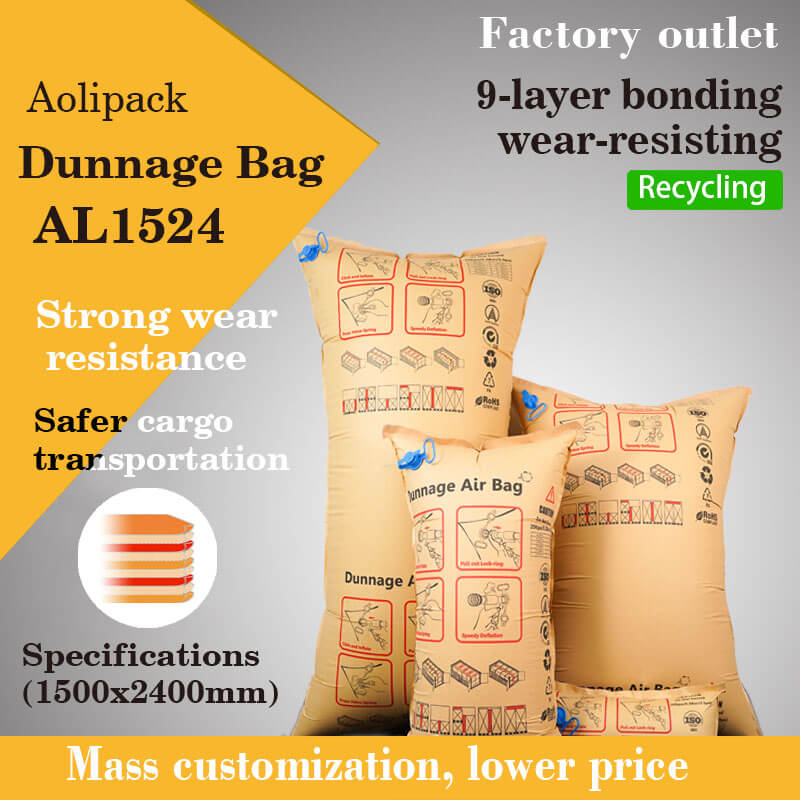
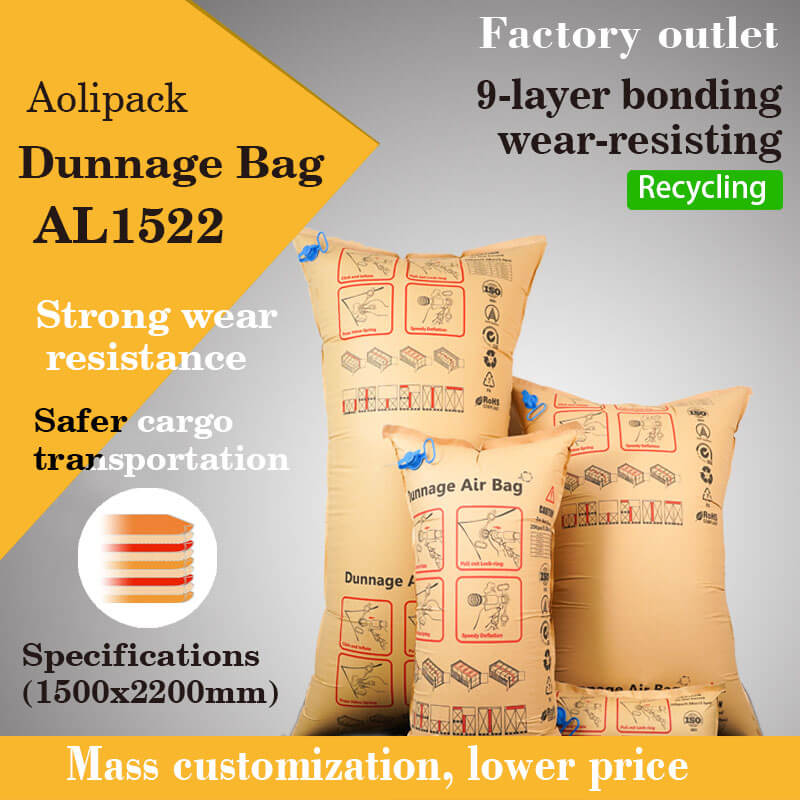
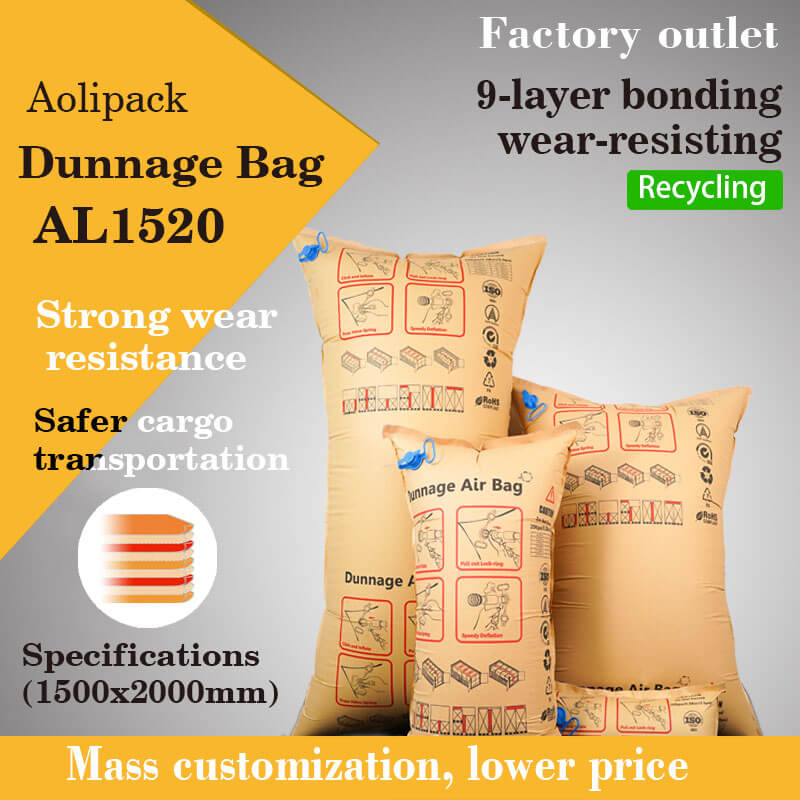
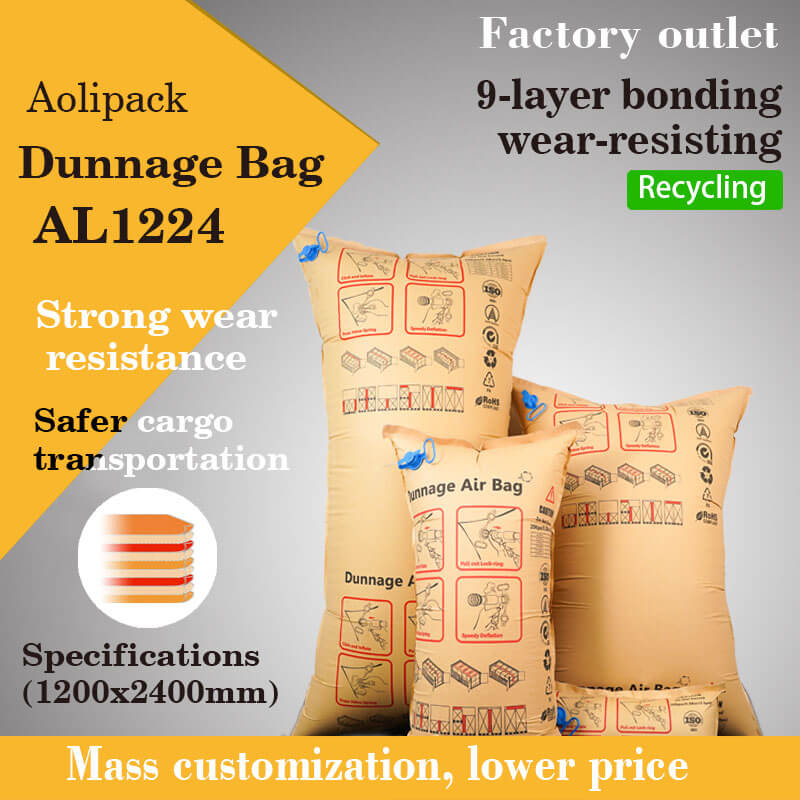

 wechat consulting
wechat consulting